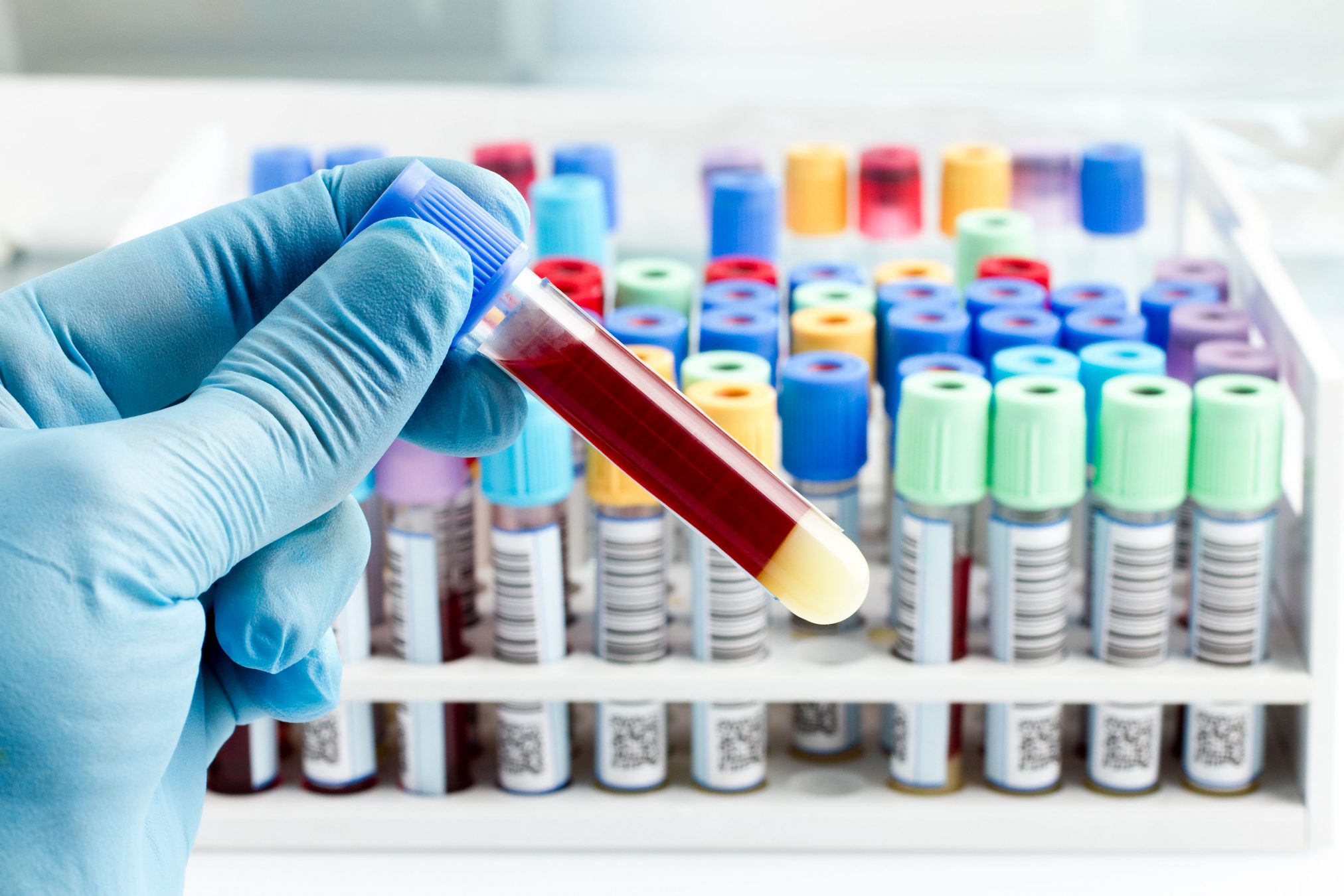The Field of Pathology
Introduction
Advancing technology has changed the field of pathology. Tissue microarray is now a recent innovation in the field of pathology. The word “pathology” is derived from the Greek word “pathos” which means experience or suffering. In English, when the word “patho” is added to -logia which means the “study of”, the word “pathologia” or rather in today’s terms, pathology, translates to the study of paths where there is suffering. This is a significant component where there is disease either in the body itself or caused by pathogens. Broadly used, the term pathology can be used to refer to the study of disease in all aspects including research fields, plant pathology, veterinary pathology, forensic pathology, and more. There are a number of distinct but interrelated specialties that aim to diagnose disease usually through the analysis of tissue, cell, and bodily fluid samples. It can also refer to the progress of disease, both physical and psychological. Pathology generally addresses four main components of disease:
Cause of the disease
Mechanisms regarding the development of disease
Morphologic changes where there may be structural alterations of cells
Clinical manifestations or consequences of the disease such as signs, symptoms, and prognosis
History of Pathology
The study of pathology dates back to many years ago where people have conducted a detailed examination of the body through dissection and inquiry through patient history. Many basic understandings of conditions and illnesses have been found in the earliest historical societies such as India, China, and the Middle East. In ancient Greece, there were many notable physicians such as Hippocrates who developed diagnostic methods and prognosis of diseases. The Romans and Byzantines continued their medical practice through Greek roots and grew with scientific inquiry. Many advances were made during the medieval era of Islam where many texts regarding advanced pathology were found. By the 17th century, the study of microscopy started a new era where tissues could be examined and hence, British Royal Society member Robert Hooke first coined the term “cell”. In the 19th century, modern pathology developed through philosophers and physicians but was not fully developed until the late 19th century where detailed study of microbiology started. The 19th century was when physicians start understanding that pathogens cause diseases and were capable of reproduction, multiplication, and hence, infection. By the late 1920s to early 1930s, pathology was a medical specialty. By the beginning of the 20th century, pathology started branching out into specialized fields which resulted in a large number of specialties within the field of pathology itself.
Specialties
Not all pathologists have the same job. There are many different specialties, each with their own training program and exams. Generally, pathologists work in laboratories, clinics, and hospital wards where most work together with doctors to provide the information they need to diagnose and treat a patient. Each specialty has a different combination of laboratory and clinical work. Although there are many various specialties, there are four main ones:
Chemical pathology: where there is study of biochemical basis of disease
Hematopathology: where there is study of the disorders of blood cells (white blood cells, red blood cells, platelets) and the tissues and organs comprising of the hematopoietic system.
Histopathology: where there is study of disease in human tissue through microscopic examination of a biopsy or surgical specimen.
Microbiology: where there is study of pathogens that causes infection and disease
Tissue Microarray
Tissue microarray (TMA) is a recent innovation that has changed the field of pathology by overcoming significant problems by:
Revolutionizing the investigation of pathogenesis and progression of diseases through TMA
Allowing assessment of expression of related genes or gene products on tissue samples
Allowing parallel molecular profiling of samples at DNA, RNA, and protein level
Enabling pathologists to perform large scale analysis through immunohistochemistry, fluorescence in situ hybridization (FISH) or RNA in situ hybridization faster and at lower costs compared to older methods
TMA is a technique that organizes small amounts of samples on solid support. Samples can be obtained through paraffin embedded blocks where cylindrical core biopsies are extracted and re-embedded into a microarray block. Donor blocks are then retrieved and sectioned to produce slides stained with hematoxylin and eosin. The pathologist will then examine the slides to mark the area of interest (abnormality). Compared to standard techniques, the TMA has many advantages such as:
Amplification of a scarce resource
Simultaneous analysis of large numbers of samples
Experimental uniformity leading to standardization of “environment” for the entire cohort
Lesser assay volume required
Reduced time and cost
Does not destroy original block for diagnosis and allows conservation of valuable tissue
Conclusion
The field of pathology is a fast progressing field where there have been many advances and specialties. It is a thriving industry where advancing technology such as TMA can play a vital role in the development of the field. By being a pathologist, there are many roles to choose. Currently, there are many training programs and pathways available to become a pathologist.
References:
The Royal College of Pathologists - What is pathology?
Articles from Annals of Saudi Medicine - Tissue Microarray



